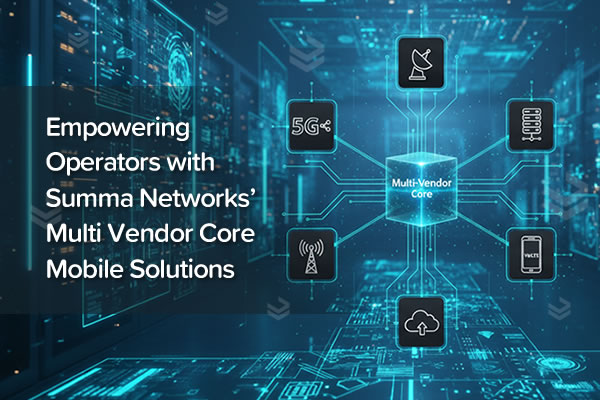The latest news and insights

Satellites are Entering the Telecom Mainstream: A New Era of Ubiquitous Connectivity
In a world where being connected has become a basic expectation, satellite technology — once seen as the last resort for remote areas — is stepping into the spotlight. The lines between space and terrestrial networks are blurring, and the satellite industry is undergoing its most significant transformation in decades.
We are witnessing a shift from satellites being a niche solution to becoming a mainstream connectivity layer. This evolution is not just about coverage; it's about strategic integration.
From Niche to Necessity
Historically, satellite communication was reserved for the “unreachable” — distant islands, deserts, or mountain ranges. But that paradigm is rapidly dissolving. Thanks to the rise of Low Earth Orbit (LEO) constellations and falling launch costs, satellites are now being considered a viable — and increasingly essential — part of mobile and broadband networks.
Suddenly, the sky is no longer the limit. Satellite coverage is expanding not just to connect the unconnected, but to augment mobile networks in urban areas, bolster disaster response, and ensure resilience in critical infrastructure.
Integration, Not Isolation
The new frontier is not about satellite versus terrestrial — it's about coexistence. Telcos and satellite players are exploring ways to make networks interoperable, bringing us closer to direct-to-device connectivity, where a standard smartphone could connect seamlessly to a satellite signal when terrestrial coverage drops. This integration is reshaping how networks are designed. No longer a siloed, backup solution, satellite is being woven into the fabric of 5G architectures and even anticipated in 6G planning.
The B2B Moment
While the consumer excitement around direct-to-smartphone satellite service captures headlines, the enterprise opportunity may be even more transformative. From maritime fleets to energy grids and agriculture, industries are turning to satellite-enabled connectivity as a way to reach beyond physical constraints.
Use cases range from IoT tracking and logistics in remote locations to resilient backhaul for private networks. For sectors where every second of uptime counts, satellite offers not just reach, but redundancy and reliability.
Beyond the Stars: Regulatory and Operational Realities
As this momentum builds, regulatory frameworks and spectrum coordination are becoming more critical. The question is no longer whether satellite will play a role — it’s how quickly and smoothly it can be integrated into national and international telecom strategies.
Challenges remain, from managing interference to defining roaming policies between terrestrial and space-based networks. But the direction of travel is clear: satellite is becoming part of the telecom DNA.
Conclusion: Rethinking Coverage as a Continuum
The future of connectivity is no longer confined to towers and fiber. It is a multi-layered, borderless architecture, where space-based assets complement and enhance what’s possible on the ground.
For telecom stakeholders, this means rethinking not only how networks are built, but how coverage is defined. It’s no longer about dots on a map — it’s about designing systems where “always connected” isn’t a promise, but a default.
Source: GSMA Intelligence – Global Mobile Trends 2025, pages 101–109.
Latest Blog

Empowering Operators with Summa Networks' Multi Vendor Core Mobile Solutions


